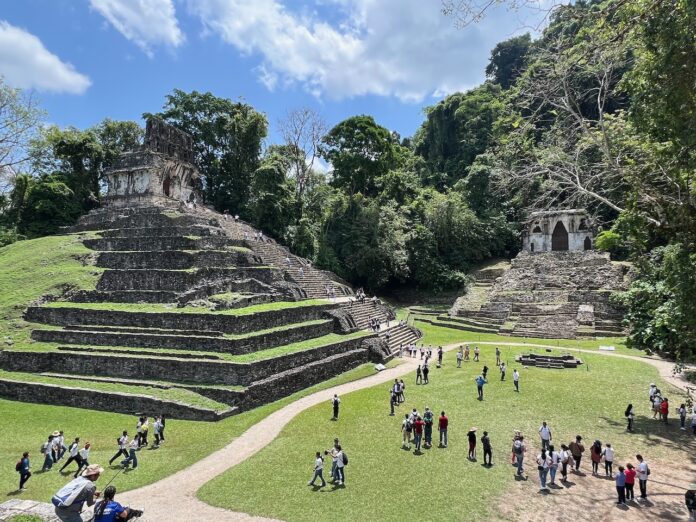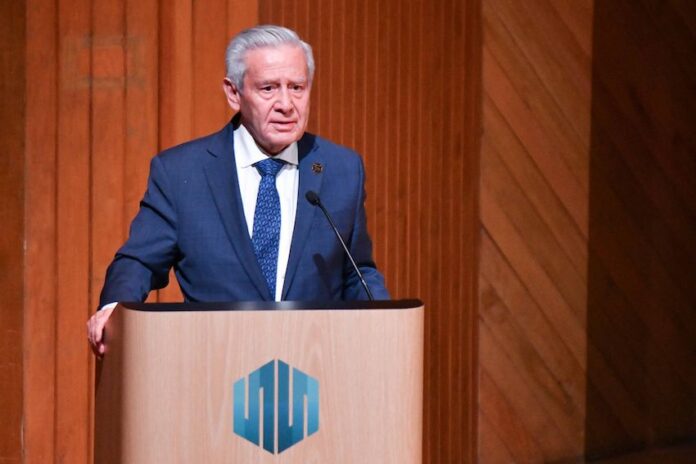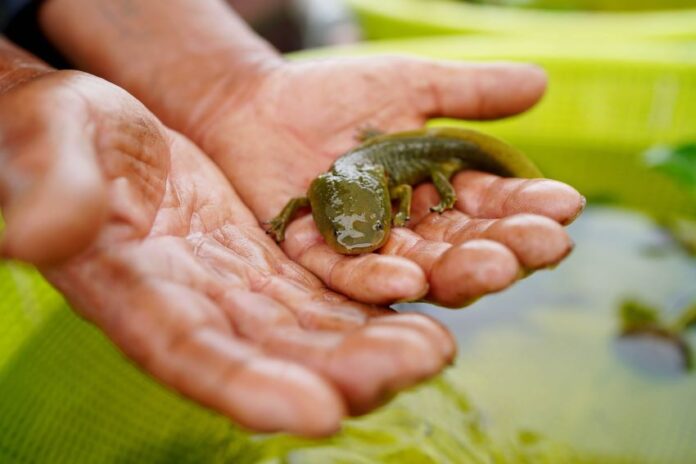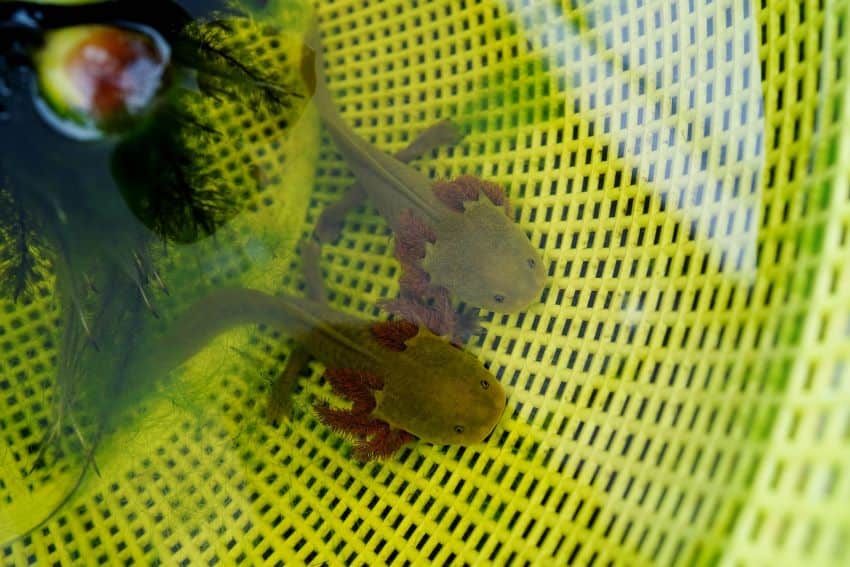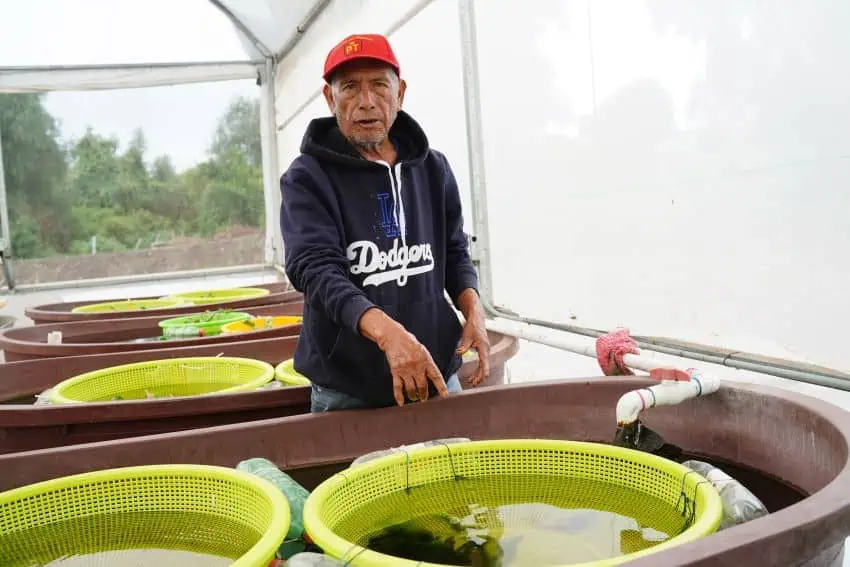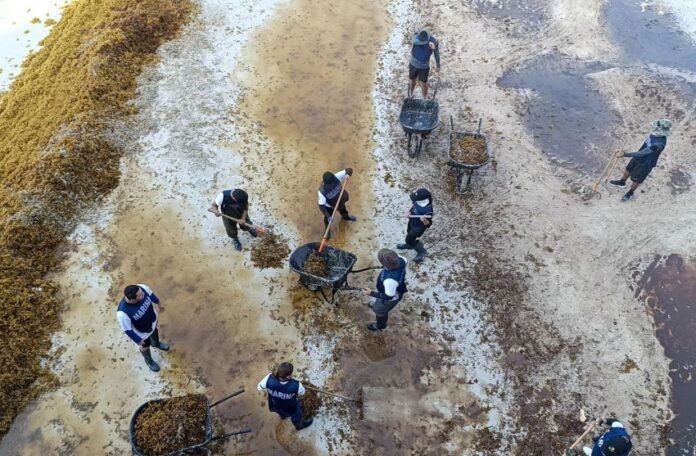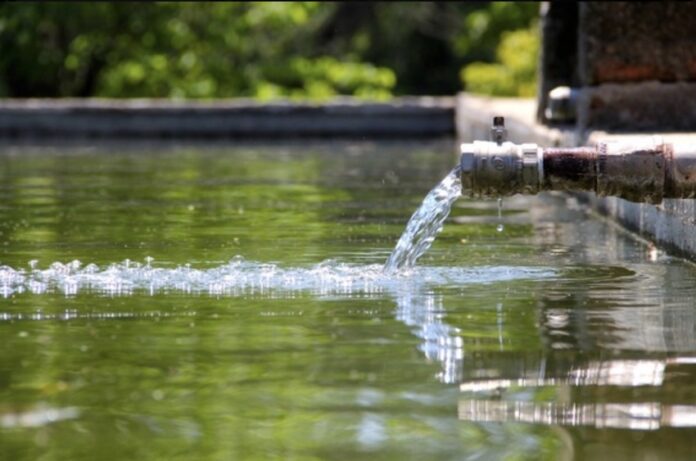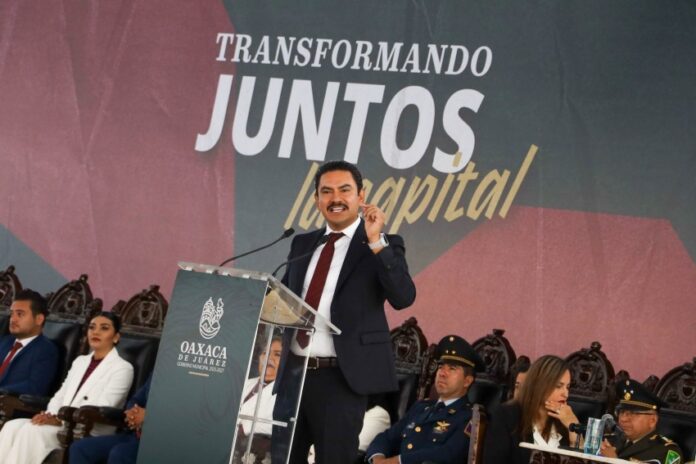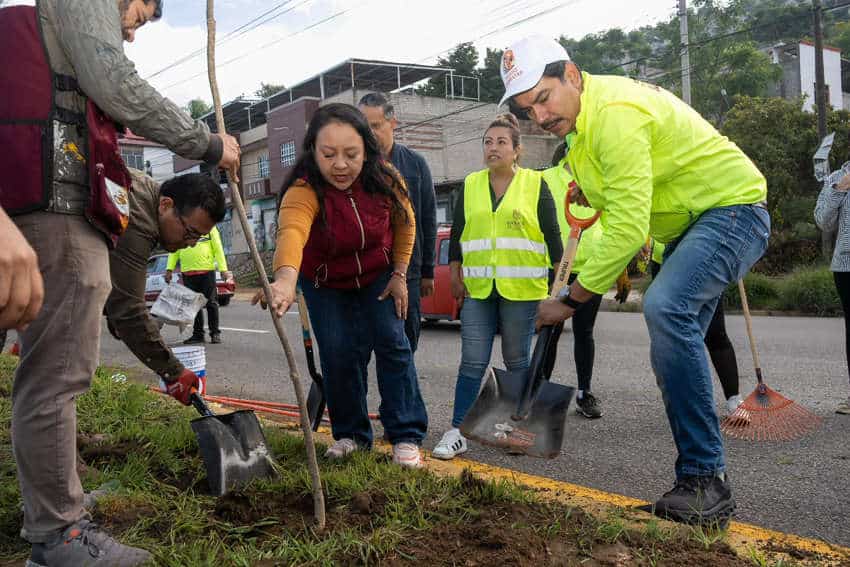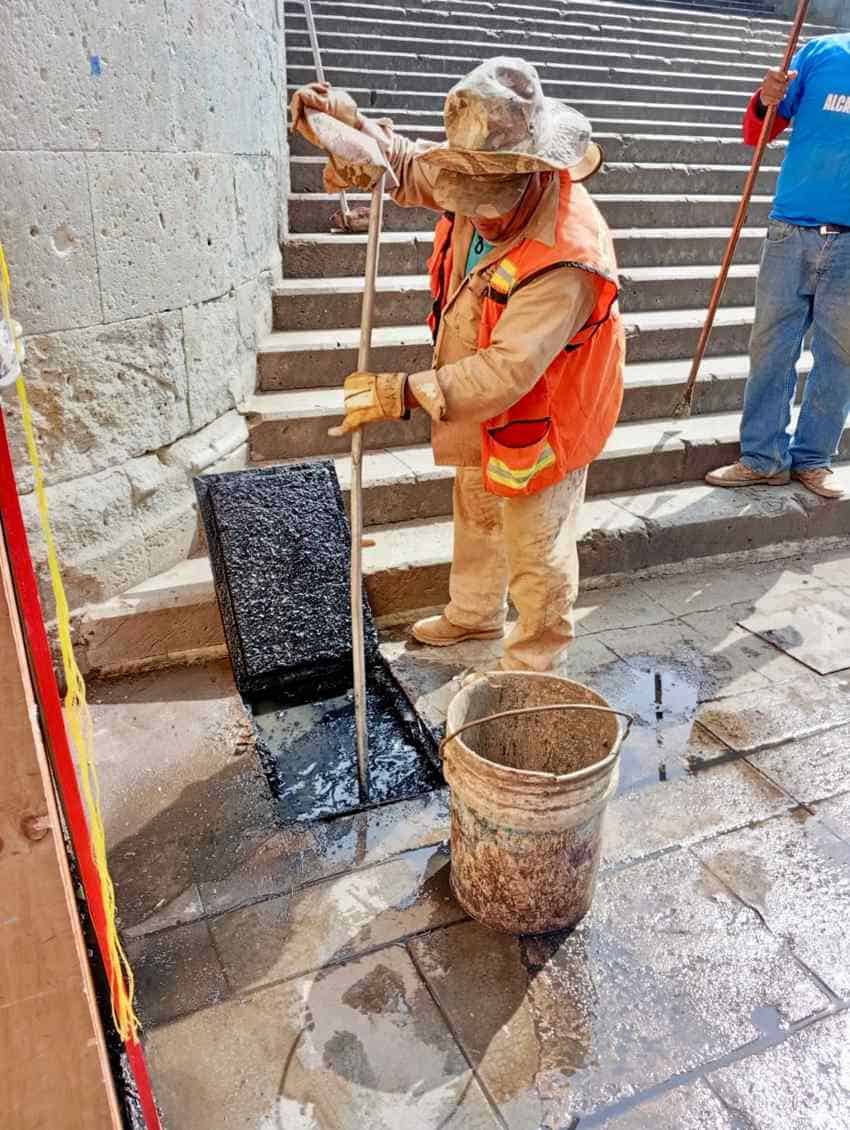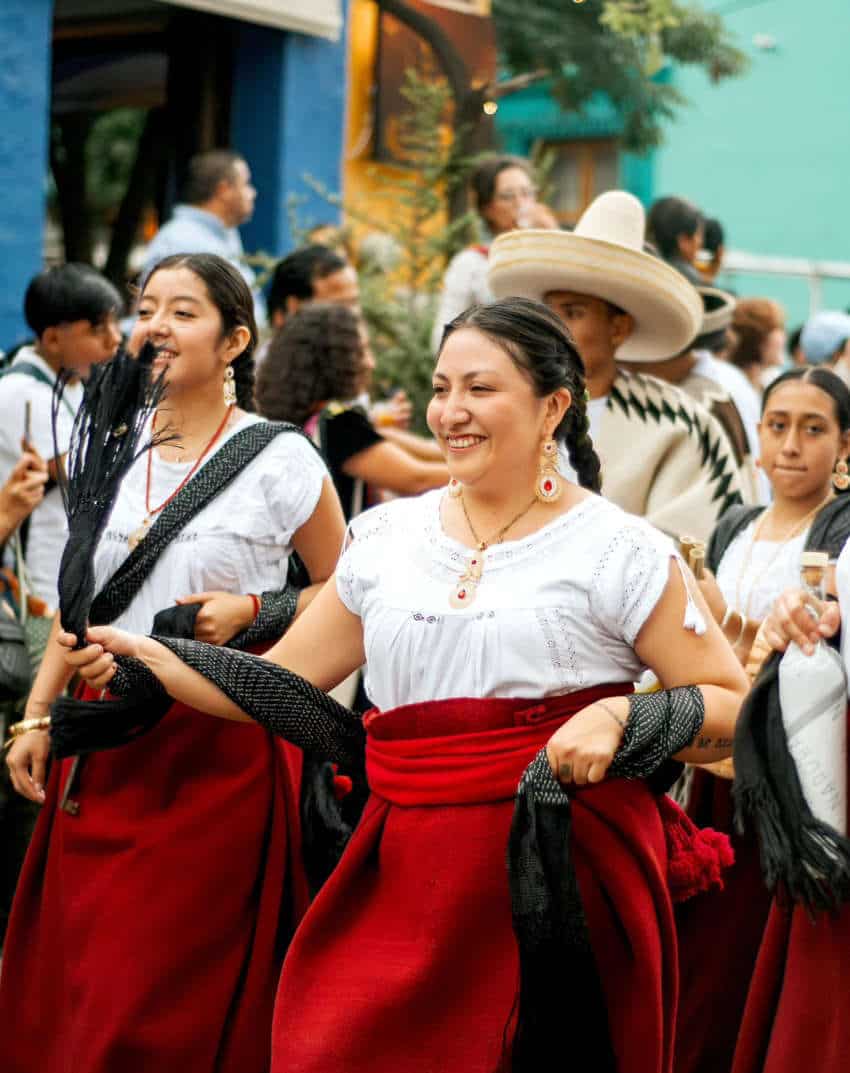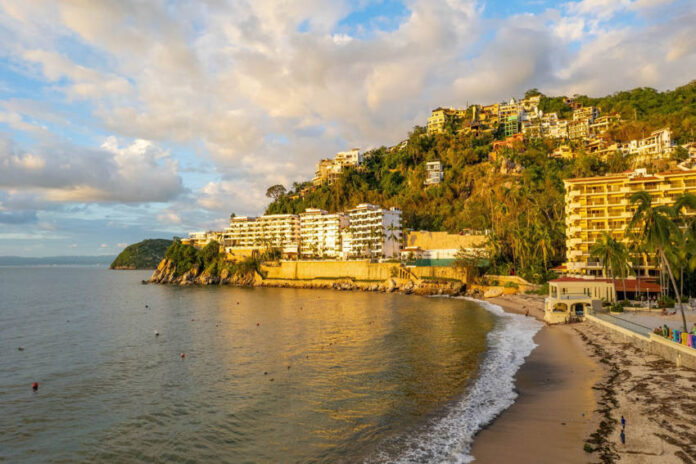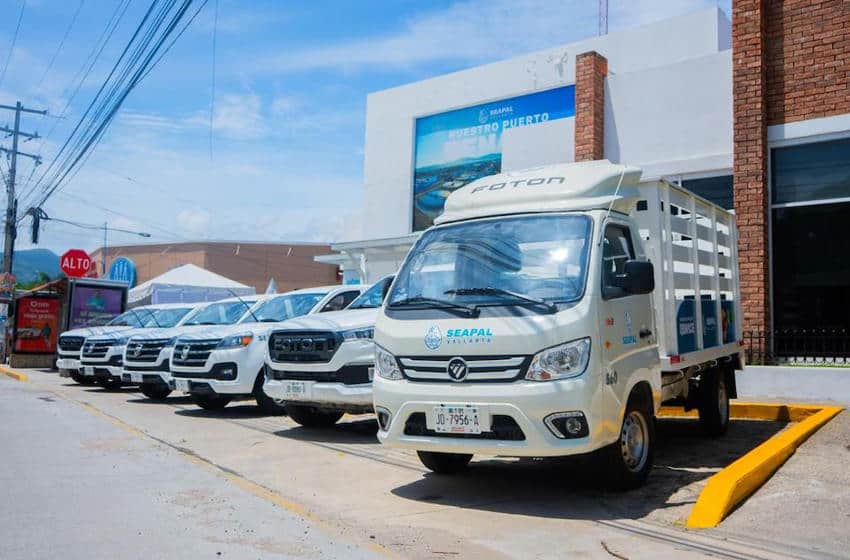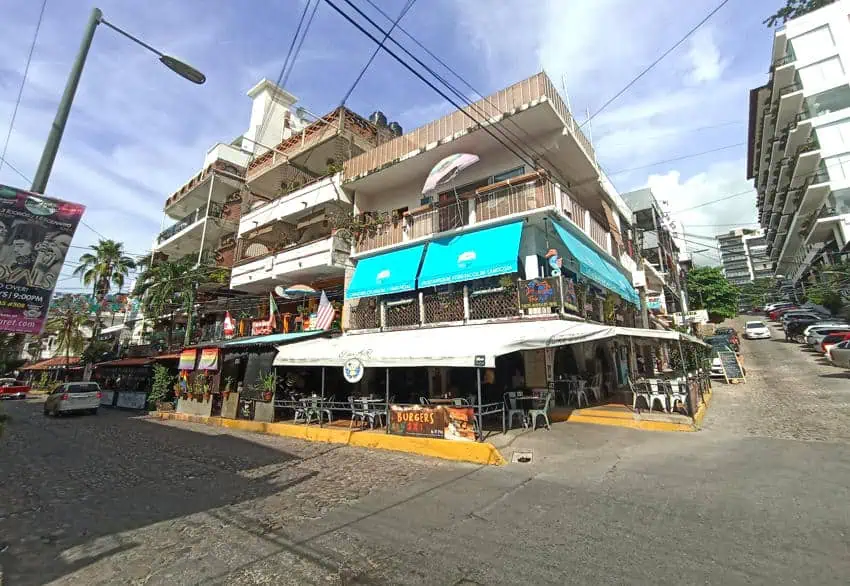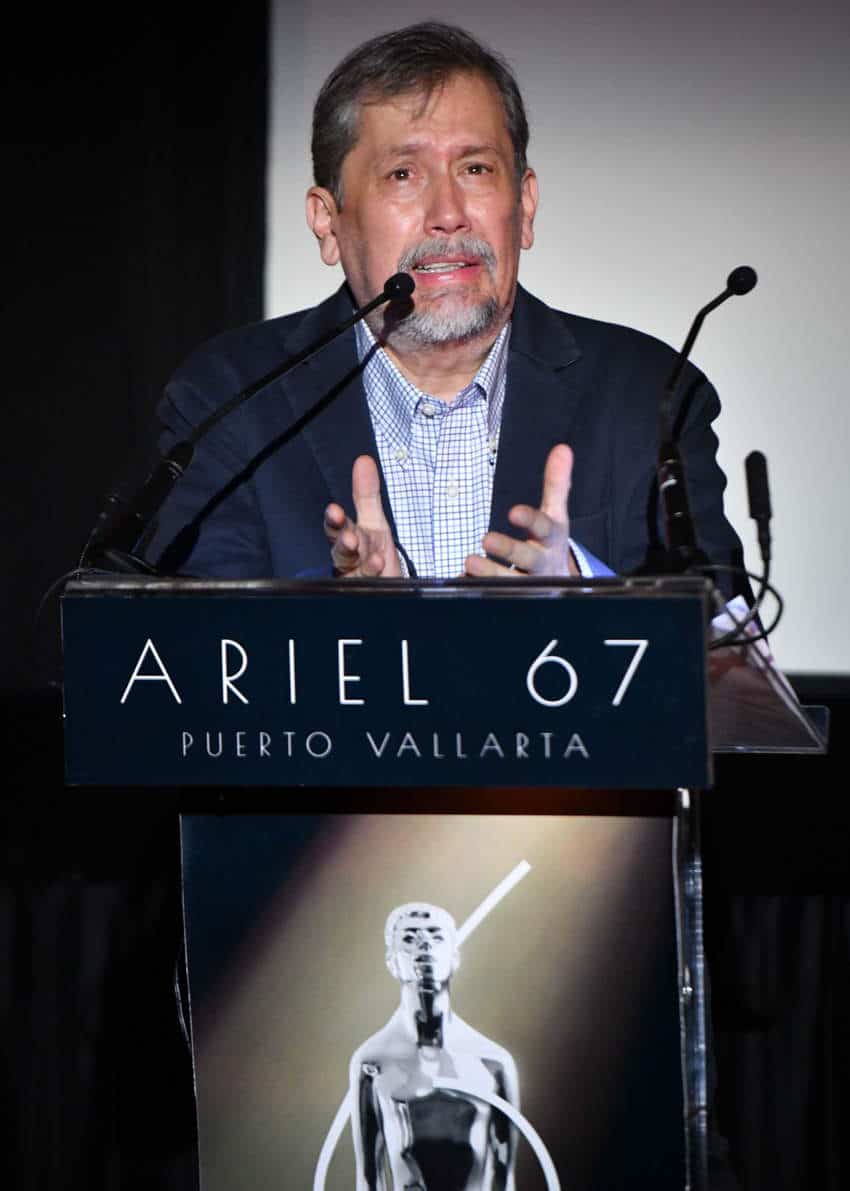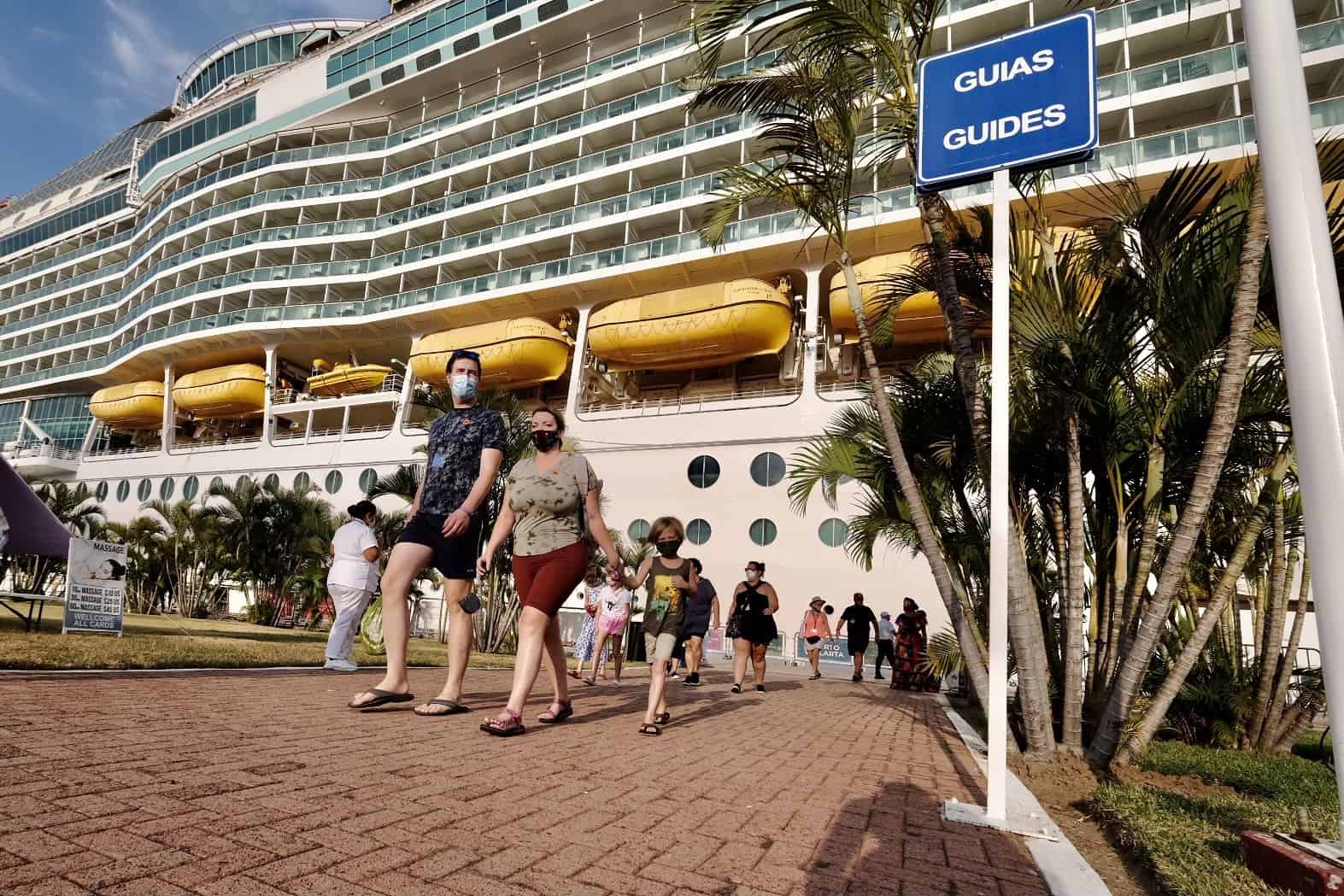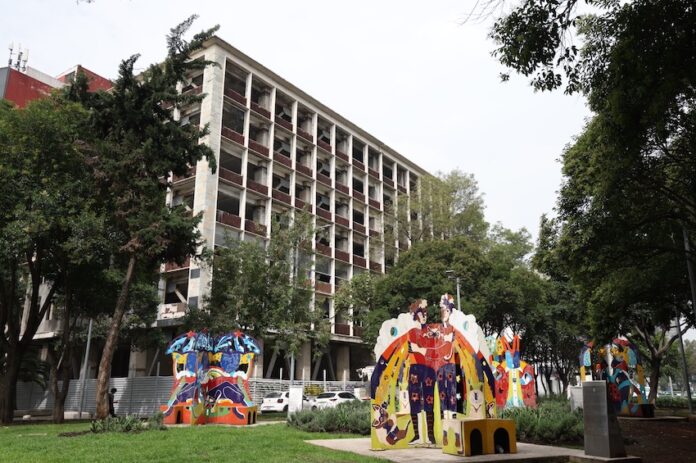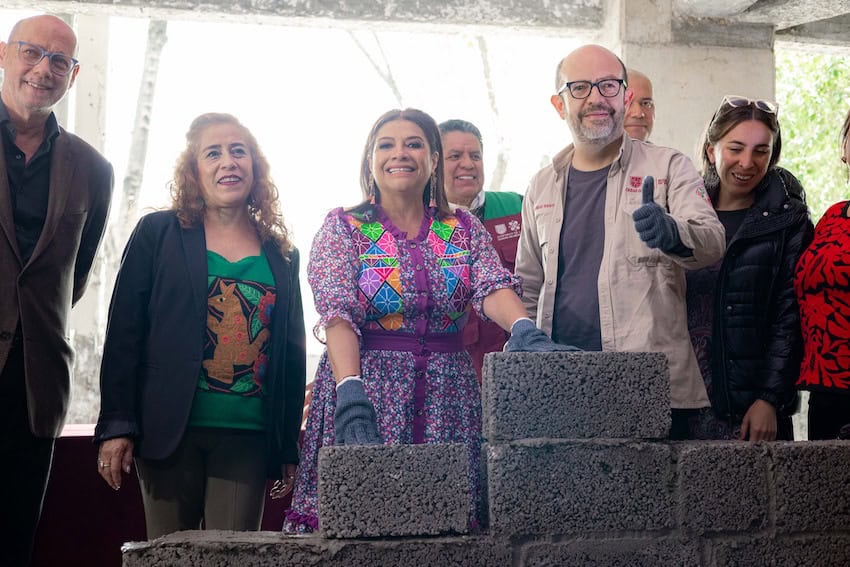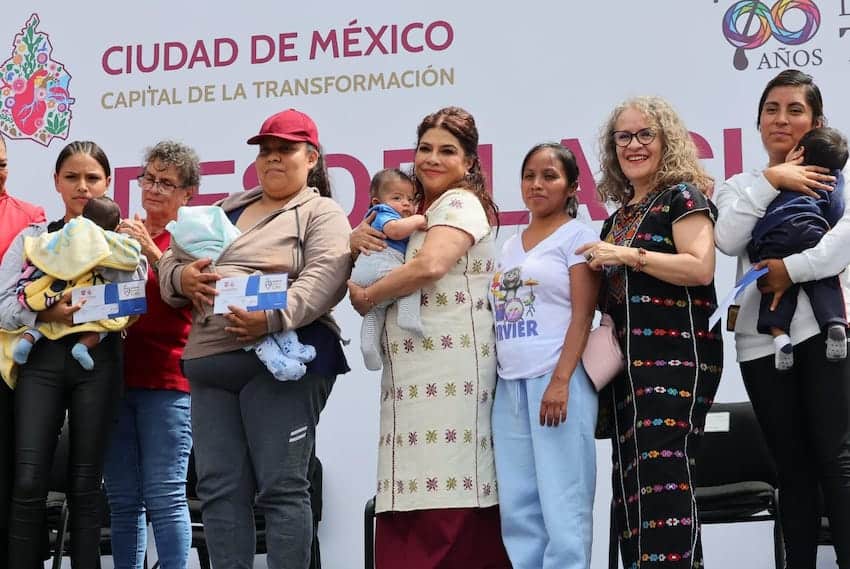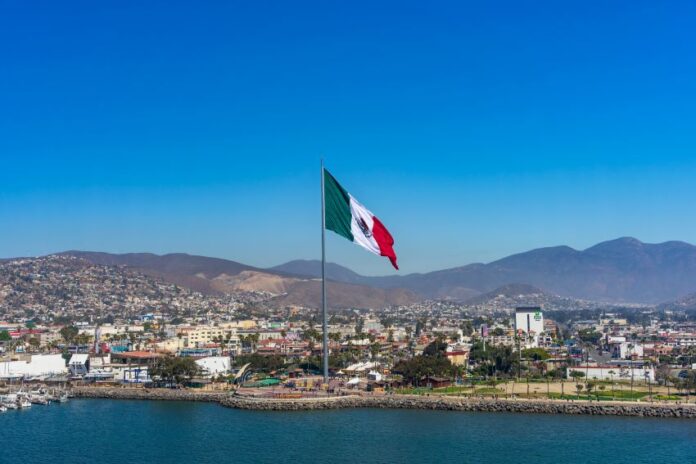As a huge nature lover, I’d been looking forward to visiting the Pueblo Mágico of Palenque, Chiapas, for the first time. That wasn’t just to take it off my scratch map of Magical Towns: I’d long heard of Palenque’s natural beauty, and I wasn’t disappointed. Vibrant, green mountains, lush tropical rainforest, trees laden with bromeliads and huge exotic flowers were everywhere.
My friend and I got into town at night, and I was a little disappointed that we arrived at that time. Let’s face it: It’s hard to see mountains in the dark. But walking up the colorful streets with friendly people saying good morning was delightful.
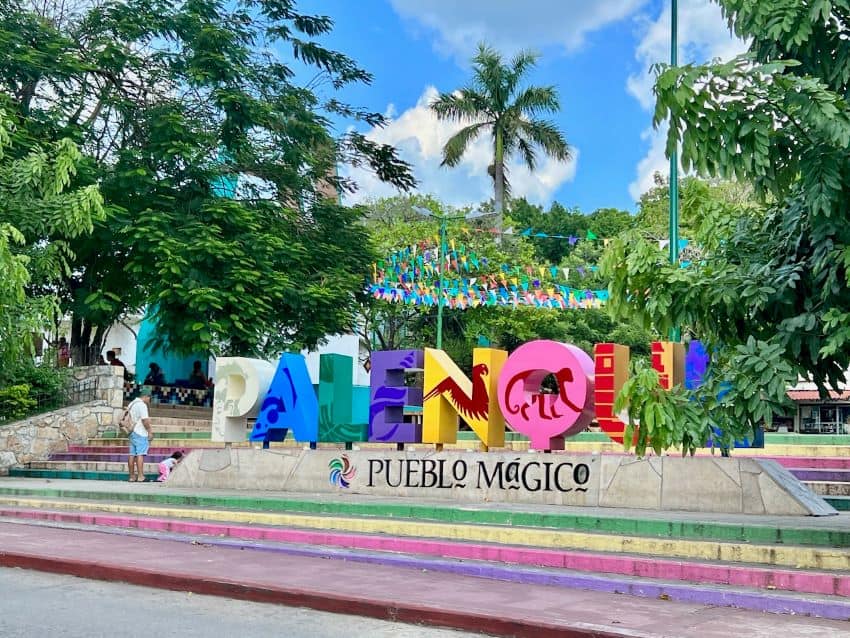
“People are so nice here,” my friend said, grinning as we explored the town.
I’ll have to say I agree: Smiles, a tilt of the head and waves were freely given from nearly everyone we passed, making us feel welcome and relaxed.
While exploring around town was great, I was dying to get out to the ruins, Palenque’s most famous attraction. They’re about 10 minutes out of town in Palenque National Park, so we grabbed a taxi.
Our driver was lovely and laid-back and took us to see a bunch of stuff on the way, free of charge, and driving through the dappled light of huge overhanging trees was magical. Emerald greens shining in the sun, mixed with deeper jungle tones. Splashes of vibrant color jumped out, showing the wealth of biodiversity and glorious flowers as we passed. Palenque really is a paradise.
Then we arrived at the ruins.
The Palenque Archaeological Zone
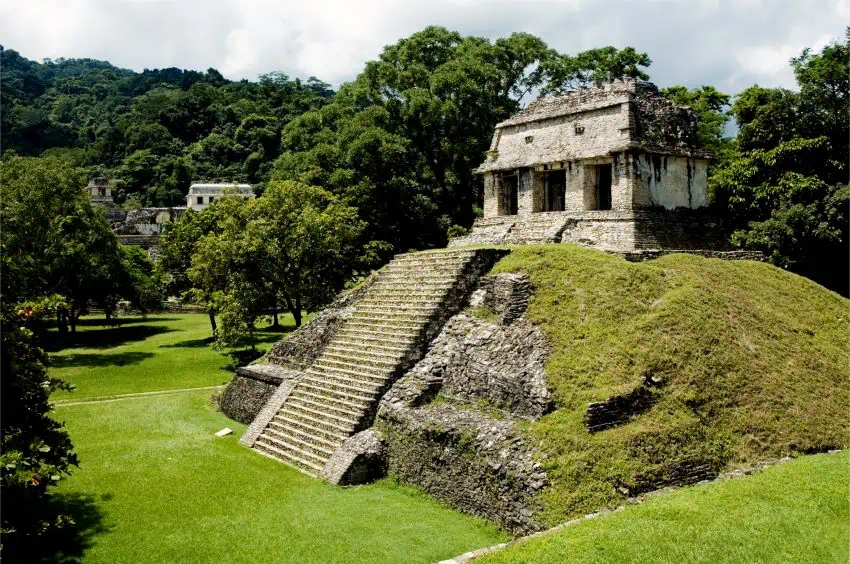
The Zona Arqueológica de Palenque is amazing, and I’m not just saying that because my rose-colored travel glasses haven’t fallen off yet. I’ve been to a lot of Maya ruins, covering the entire range of the ancient Maya civilization — from the Yucatán Peninsula in the north, down through Belize and Guatemala, and to Copán in Honduras.
So, how does Palenque rate? It’s up there in my favorites. It’s one-hundred-percent worth the visit, and not just for the ruins themselves but for the national park they’re situated in. Well-established walkways make it easy to get around, even for a stumbly bumbler like me, who’s usually so busy gawking, I end up falling over something. You can climb the ruins for amazing photography.
But best of all, we went inside one of the pyramids! A first for me.
It’s an amazing experience to climb the stairs to go inside and see the Tomb of the Red Queen, getting a new appreciation for the construction, culture and craftsmanship that went into building these amazing structures. You can enjoy a bird’s-eye view from atop one pyramid, then climb into the next. You’ll get amazing photos either way.
Palenque National Park
Parque Nacional Palenque, the 4,400-square-acre national park surrounding the ruins, is one of the most naturally stunning places I’ve been in a long time.
Trickling rainforest streams widened and turned into waterfalls. I had to crane my neck back to take in the whole view of massive tree trunks, centuries old, covered with bromeliads and happy red-and-yellow spikes of flowers. Vines and lianas sprawled lazily from tree to tree like nature’s lattice.
I could have stood there all day listening to the sound of the stream and smelling the earth, all the while enjoying birdsong overhead — too many to identify, but all with a sweet, distinct song. It’s a wonder of biodiversity. So don’t forget to stop for a moment and look around.
Blue-tailed skinks ran through the leaf litter. A shining pumpkin-and-honeycomb-colored pale daggerwing butterfly landed at my feet, sending me into a photographer’s frenzy. I jumped around like a crazy lady until I got a shot of its open wings, much to my friend’s delight as she giggled from her shady perch under a massive rain tree.
Looking around, meter-long parrot’s beak flowers hung toward the ground in a tower of scarlet and yellow, while foot-long spikes of magenta ginger flowers reached for the sky. Both were being visited by tiny, stingless native bees.

When I call Palenque National Park a paradise, I’m not joking. Immaculately kept grounds, wide perfectly mowed lawns and flat pathways make for easy walking. I can see why over half a million people flock here every year to drink in Palenque’s beauty.
My takeaways from Palenque
Palenque is full of wonderful, friendly people. They are proud of their town’s natural beauty, their Pueblo Mágico (Magical Town) status and their Mayan heritage. We loved it all. We felt safe walking the streets and roaming the ruins.
I plan on returning soon. It’s easy to get there now with the new Maya Train running from my state of Quintana Roo in the east, over to Chiapas in the west.
Mexico Correspondent for International Living, Bel is an experienced writer, author, photographer and videographer with 500+ articles published both in print and across digital platforms. Living in the Mexican Caribbean for over seven years now, she’s in love with Mexico and has no plans to go anywhere anytime soon.
